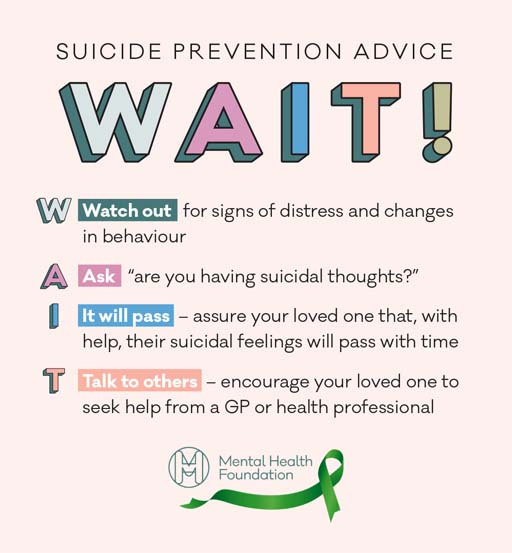6 Suicide
Young people face many challenges growing up. You will have already noted that adolescence represents a period of considerable physiological and psychological change, which brings with it new opportunities and experiences. This can be both daunting and exciting and yet as the Mental Health Foundation (2003) stress, for some young people these emotional challenges can be too much to bear.
Suicide is rare at any age and is often undertaken as a last resort in response to emotions, problems and challenging circumstances that overwhelm an individual. It is particularly associated with feelings of hopelessness that things will never get better and a feeling of a lack of control over the future.
The latest available UK figures (at the time of writing) show that in the age group 10-14, the suicide rate is 0.4 per 100,000 and in the 15-19 age group it is 6.7 per 100,000. The highest suicide rates occur in the age group 45-49 (18.1 per 100,000). Suicide is considerably more common in males than in females (ONS, 2019).
If you have studied the course up to this point, you’ll already have some understanding of the emotional challenges for adolescents. In particular, young people may struggle with self-esteem issues and self-doubt. As with all mental health problems, the key to helping is to start a conversation. The infographic in Figure 8 summarises how to help using the WAIT acronym shared by the Mental Health Foundation:
An important message to take from this advice is that directly asking a young person about whether they are having suicidal thoughts will not increase the likelihood of suicide. Contrary to the fears of many, asking about suicide ‘can start a potentially life-saving conversation’ (Mental Health Foundation, 2020). Talking to a young person and encouraging them to share their concerns is vital and will enable you as a parent, carer or practitioner working with young people to seek specialist guidance and support.
If you are concerned about a young person who is showing signs of distress, disclosing their thoughts about suicide or eliciting changes in their behaviour there are avenues of support available to you. If a young person shares suicidal thoughts or feelings with you, it is important that you take them seriously and seek guidance about how to best support the young person and to protect them from undertaking actions which may cause their death. It may be helpful to talk to their carers or parents. Or if you are their parent or guardian talking to the GP about these disclosures will help you to plan what you need to do. Other immediate sources of help include:
- Samaritans offer a 24-hours a day, 7 days a week support service. Call them FREE on 116 123. You can also email jo@samaritans.org [Tip: hold Ctrl and click a link to open it in a new tab. (Hide tip)]
- Papyrus is a dedicated service for people up to the age of 35 who are worried about how they are feeling or anyone concerned about a young person. You can call the HOPElineUK number on 0800 068 4141, text 07786 209697 or email pat@papyrus-uk.org
- NHS Choices: 24-hour national helpline providing health advice and information. Call them free on 111.

